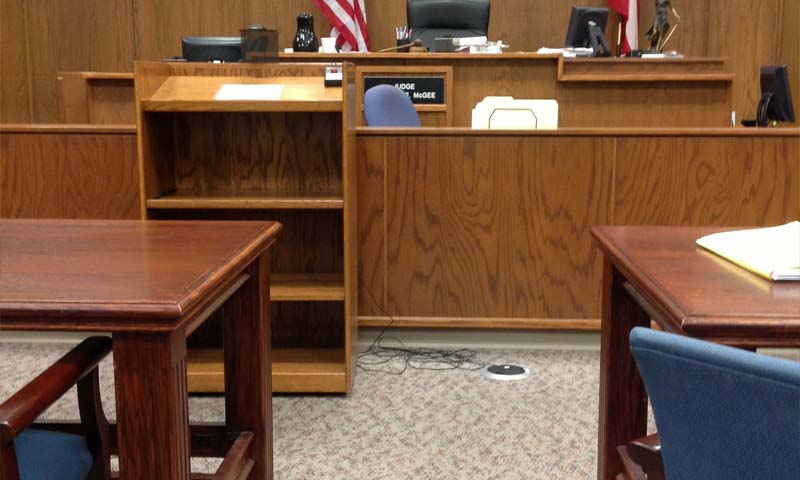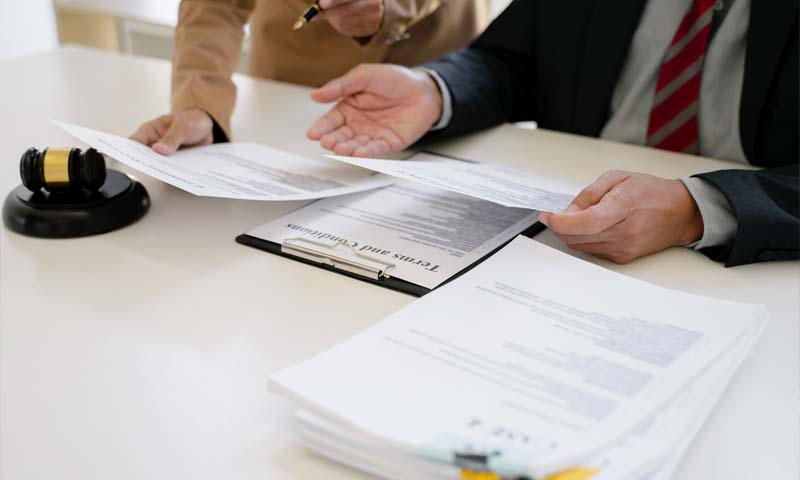How to Rebuild Your Credit Score After Bankruptcy
Navigating the Road to Credit Recovery
Emerging from bankruptcy can feel like a fresh start, but many individuals face uncertainty about how to rebuild their credit score and regain financial stability. In this guide, we’ll outline practical steps to help you rebuild your credit after bankruptcy, paving the way for a brighter financial future.
Understanding the Impact of Bankruptcy on Your Credit Score
Before diving into credit rebuilding strategies, it’s essential to understand how bankruptcy affects your credit score. Bankruptcy can significantly lower your credit score initially, but its impact diminishes over time. Chapter 7 bankruptcy remains on your credit report for ten years, while Chapter 13 bankruptcy typically stays for seven years.
Reviewing Your Credit Report
Start the credit rebuilding process by obtaining copies of your credit reports from all three major credit bureaus: Equifax, Experian, and TransUnion. Carefully review each report to ensure accuracy and identify any errors or discrepancies that could be negatively impacting your credit score.
Creating a Budget and Financial Plan
Developing a comprehensive budget is crucial for managing your finances post-bankruptcy. Determine your monthly income, expenses, and debt obligations, and allocate funds accordingly. Creating a realistic financial plan will help you prioritize debt repayment and avoid falling back into financial distress.
Securing a Secured Credit Card
Secured credit cards are an excellent tool for rebuilding credit after bankruptcy. These cards require a cash deposit as collateral, making them accessible to individuals with low credit scores. Use a secured credit card responsibly by making small purchases and paying your balance in full each month to demonstrate responsible credit management.
Making Timely Payments
Consistently making on-time payments is the most critical factor in rebuilding your credit score. Whether it’s a credit card, loan, or utility bill, paying your obligations on time demonstrates financial responsibility and helps establish a positive payment history, which accounts for a significant portion of your credit score.
Keeping Credit Utilization Low
Credit utilization, or the ratio of your credit card balances to your credit limits, plays a crucial role in your credit score. Aim to keep your credit utilization below 30% to avoid appearing overextended to creditors. Paying down credit card balances and avoiding maxing out your credit cards can help improve your credit utilization ratio.
Diversifying Your Credit Portfolio
Having a diverse mix of credit accounts can positively impact your credit score. Consider diversifying your credit portfolio by adding different types of credit, such as installment loans or retail accounts, in addition to credit cards. However, be mindful of taking on too much new credit too quickly, as this can backfire.
Monitoring Your Credit Score Regularly
Regularly monitoring your credit score allows you to track your progress and identify areas for improvement. Many credit card issuers and financial institutions offer free access to credit monitoring tools, making it easy to stay informed about changes to your credit profile.
Embracing Financial Resilience
Rebuilding your credit after bankruptcy requires patience, discipline, and perseverance. By following these steps and maintaining responsible financial habits, you can gradually rebuild your credit score and regain financial stability. Remember that rebuilding your credit is a journey, and each positive financial decision brings you one step closer to a brighter financial future.
Ready to take the first step toward rebuilding your credit after bankruptcy? Contact Brian Hiatt Law today for personalized guidance and support on your journey to financial recovery.



















